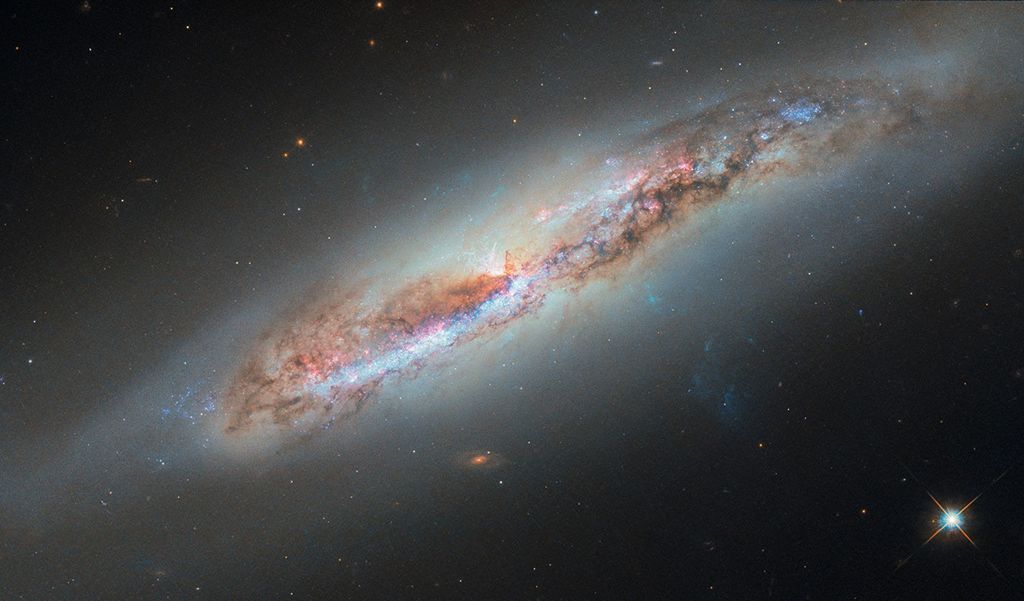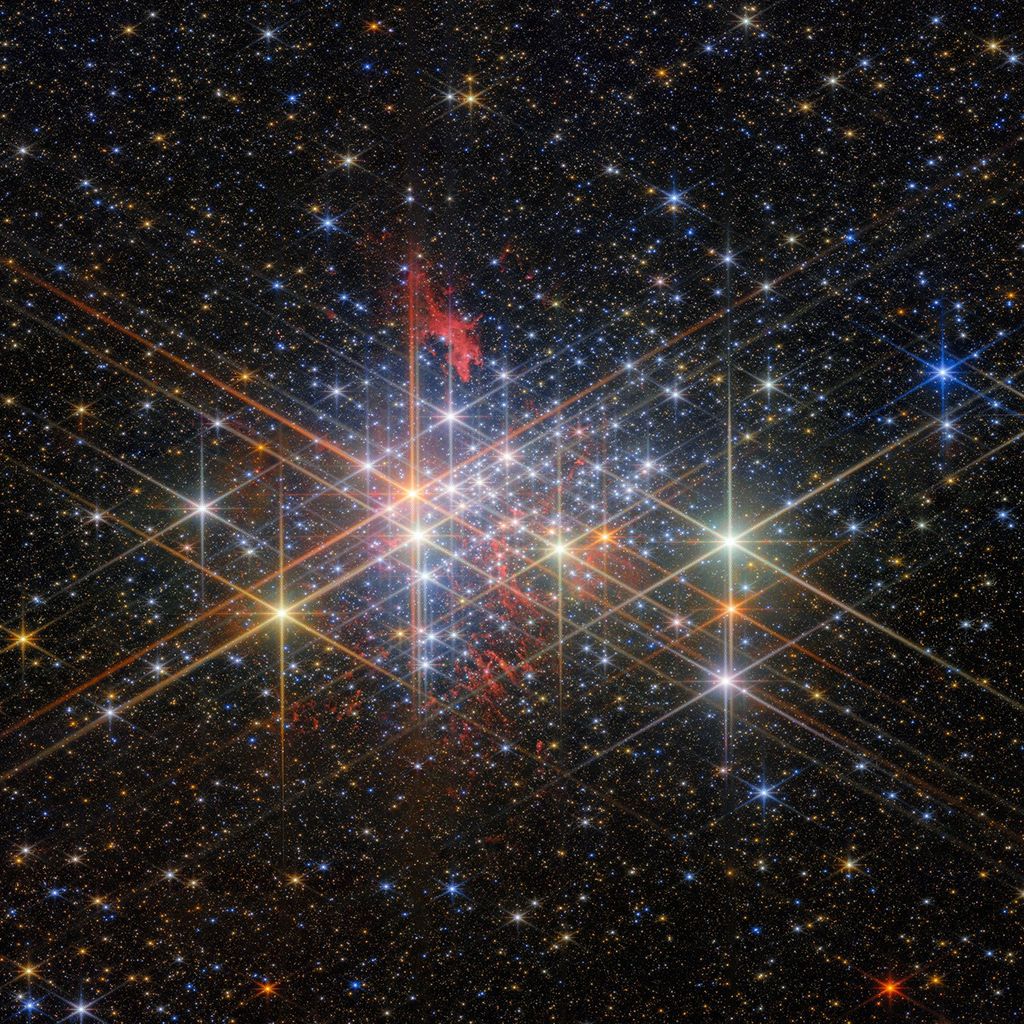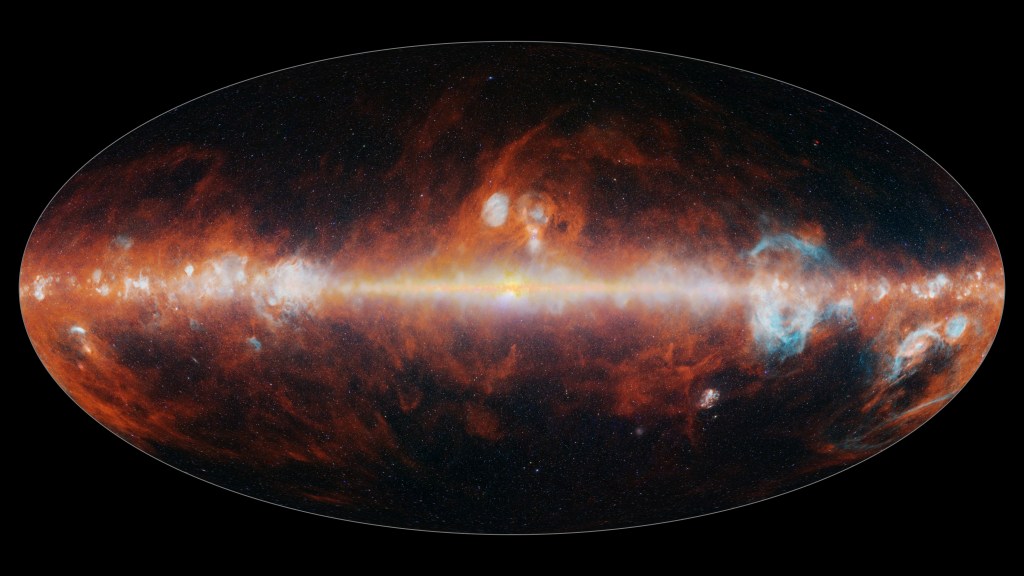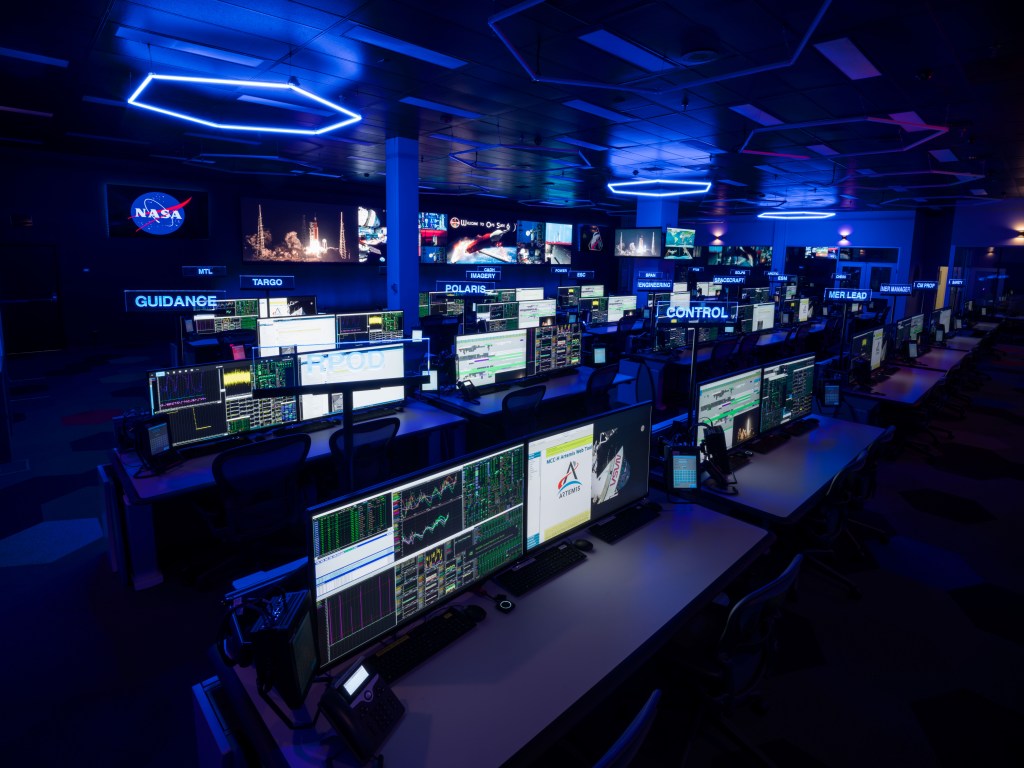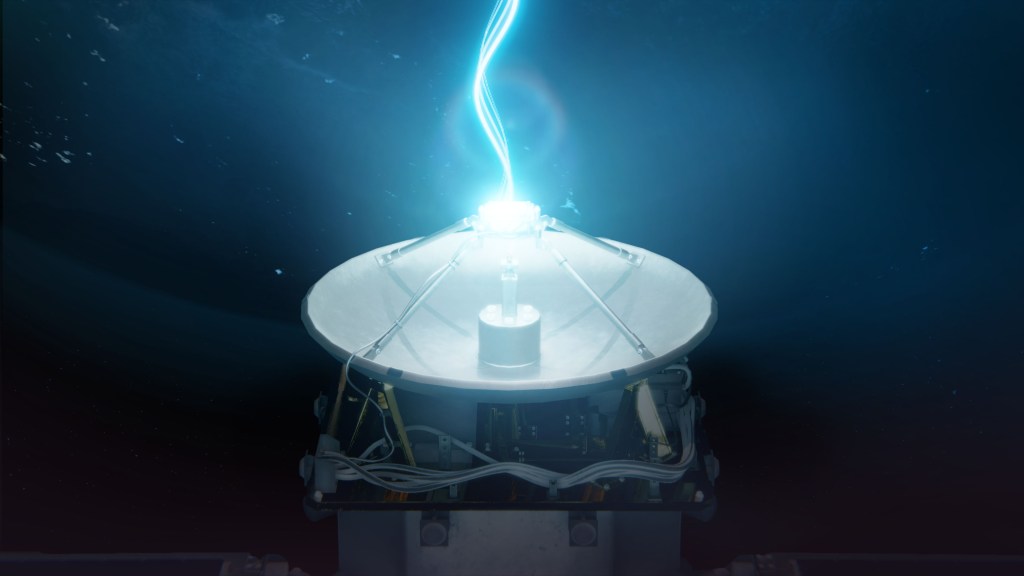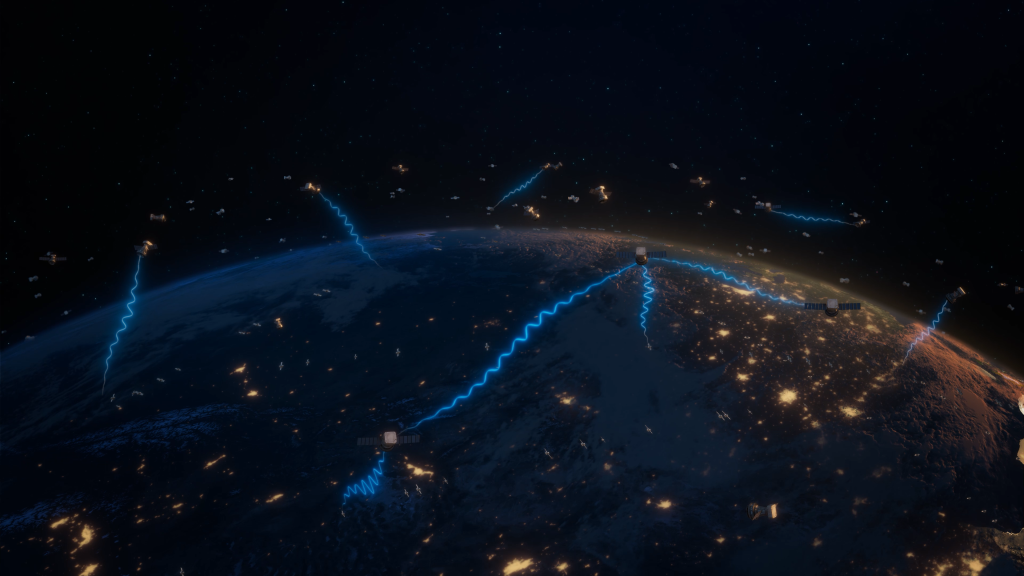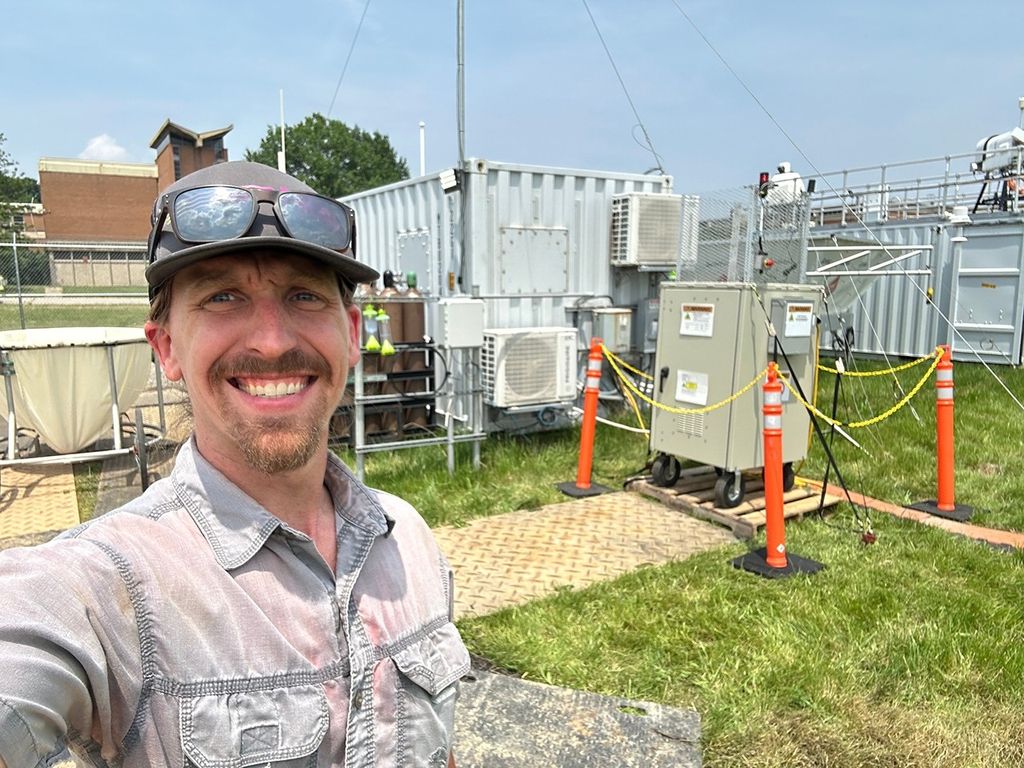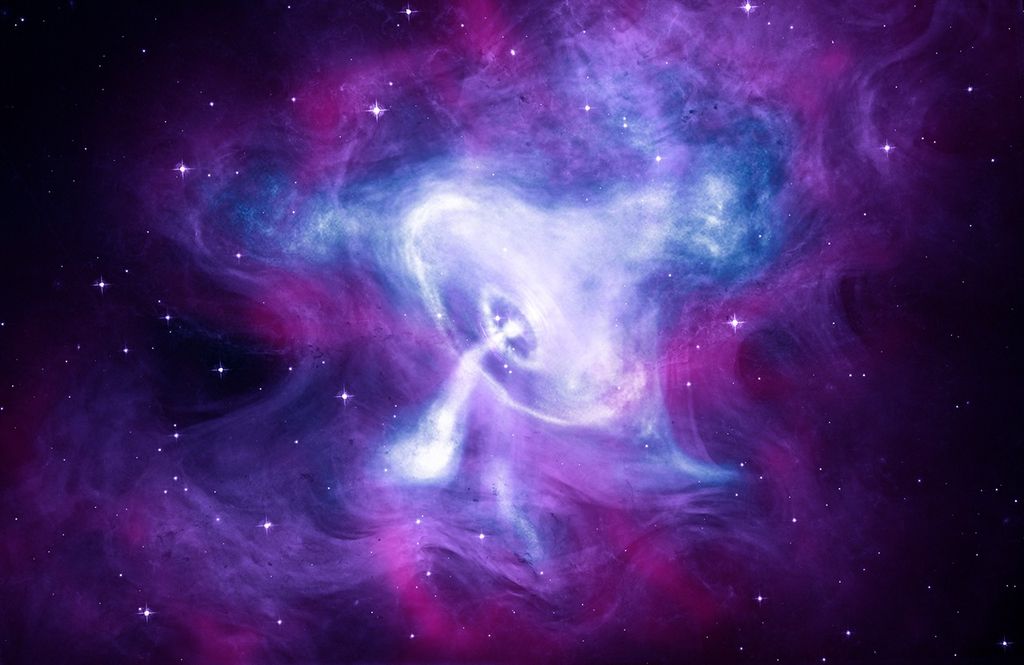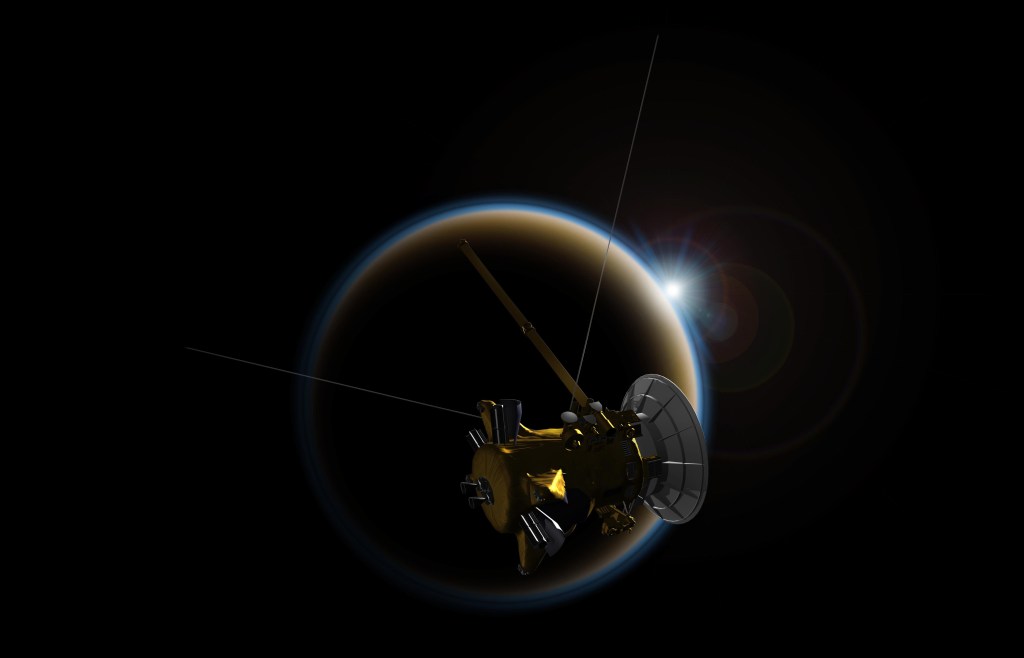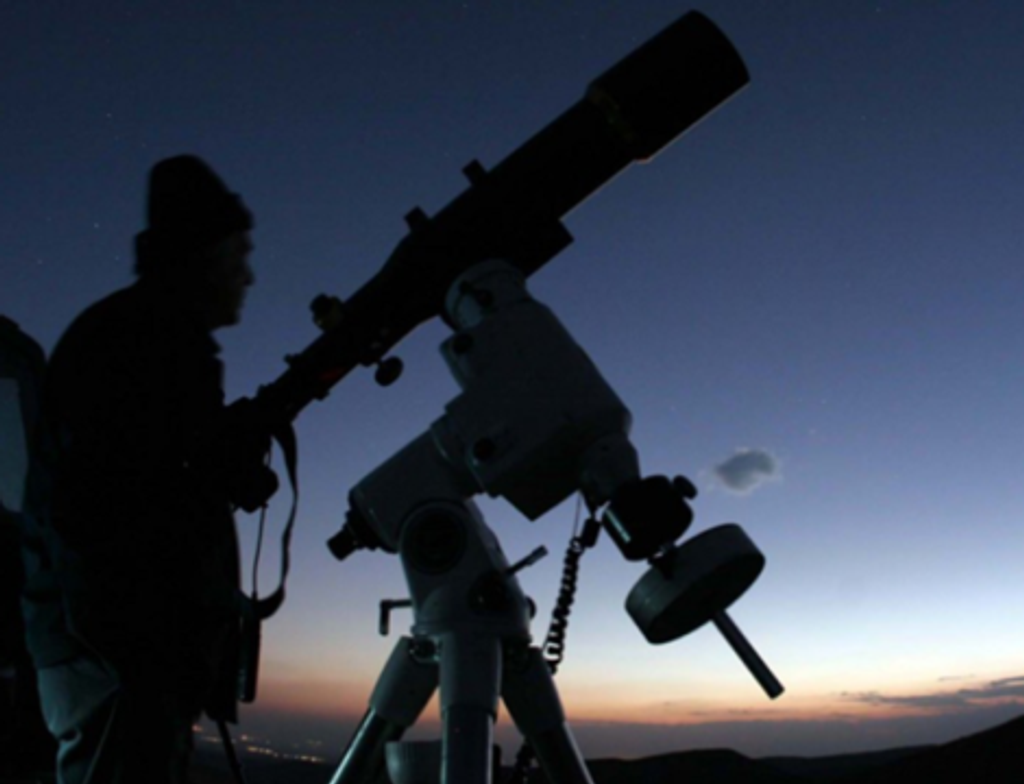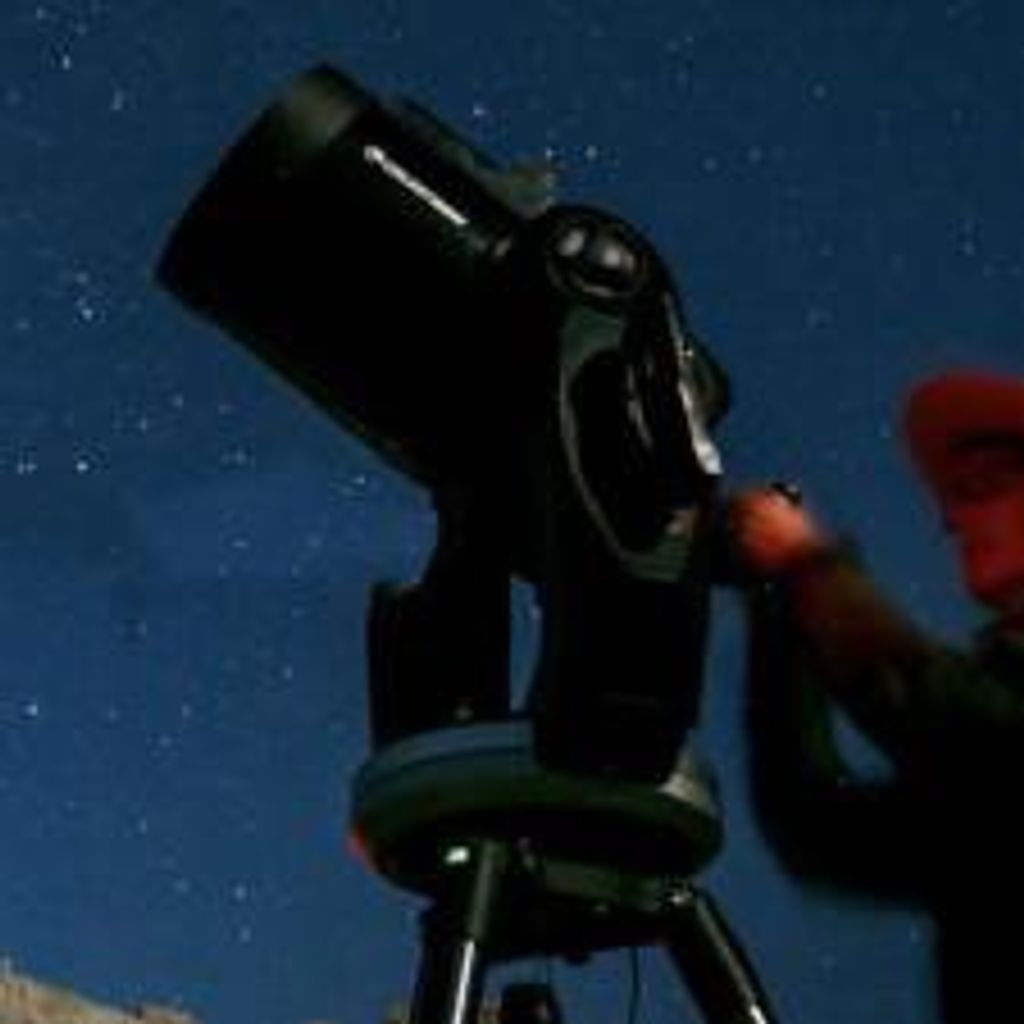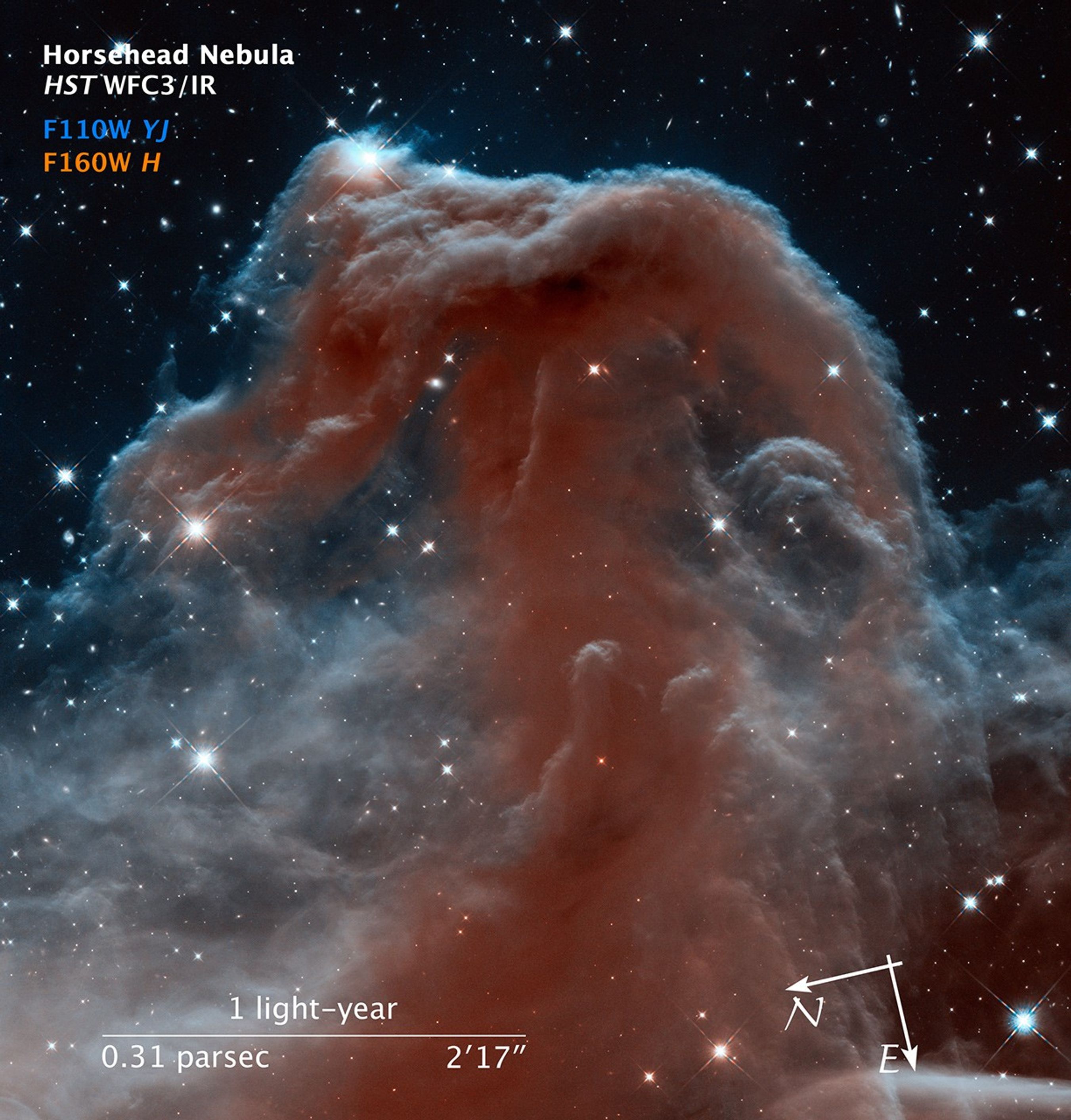1 min read
Hubble Sees a Horsehead of a Different Color

Looking like an apparition rising from whitecaps of interstellar foam, the iconic Horsehead Nebula has graced astronomy books ever since its discovery over a century ago. The nebula is a favorite target for amateur and professional astronomers.
In this new Hubble Space Telescope view, the nebula appears in a new light, as seen in infrared wavelengths. The nebula, shadowy in optical light, appears transparent and ethereal when seen in the infrared, represented here with visible shades. The rich tapestry of the Horsehead Nebula pops out against the backdrop of Milky Way stars and distant galaxies that are easily seen in infrared light.
The Horsehead was photographed in celebration of the 23rd anniversary of the launch of Hubble aboard the space shuttle Discovery. Over its two decades of producing ground-breaking science, Hubble has benefited from a slew of upgrades, including the 2009 addition of a new imaging workhorse: the high-resolution Wide Field Camera 3 that was used to take this portrait of the Horsehead.
The backlit wisps along the Horsehead's upper ridge are being illuminated by Sigma Orionis, a young five-star system just off the top of the Hubble image. A harsh ultraviolet glare from one of these bright stars is slowly evaporating the nebula. Along the nebula's top ridge, two fledgling stars peek out from their now-exposed nurseries.
Gas clouds surrounding the Horsehead have already dissipated, but the tip of the jutting pillar contains a slightly higher density of hydrogen and helium, laced with dust. This casts a shadow that protects material behind it from being photo-evaporated, and a pillar structure forms. Astronomers estimate that the Horsehead formation has about five million years left before it too disintegrates.
The Horsehead Nebula is part of a much larger complex in the constellation Orion. Known collectively as the Orion Molecular Cloud, it also houses other famous objects such as the Great Orion Nebula (M42), the Flame Nebula, and Barnard's Loop. At about 1,500 light-years away, this complex is one of the nearest and most easily photographed regions in which massive stars are being formed.
Hubble's pairing of infrared sensitivity and unparalleled resolution offers a tantalizing hint of what the upcoming James Webb Space Telescope, set for launch in 2018, will be able to do.
About the Object
- R.A. PositionR.A. PositionRight ascension – analogous to longitude – is one component of an object's position.05h 40m 58.99s
- Dec. PositionDec. PositionDeclination – analogous to latitude – is one component of an object's position.-2° 27' 29.88"
- ConstellationConstellationOne of 88 recognized regions of the celestial sphere in which the object appears.Orion
- DistanceDistanceThe physical distance from Earth to the astronomical object. Distances within our solar system are usually measured in Astronomical Units (AU). Distances between stars are usually measured in light-years. Interstellar distances can also be measured in parsecs.1,600 light-years (490 parsecs)
About the Data
- Data DescriptionData DescriptionProposal: A description of the observations, their scientific justification, and the links to the data available in the science archive.
Science Team: The astronomers who planned the observations and analyzed the data. "PI" refers to the Principal Investigator.The image was created from Hubble data from proposal 12812: Hubble Heritage Team: PI: Z. Levay, J. Mack, J. Sokol, T. Borders, M. Mutchler, W. Januszewski, M. Livio, C. Christian, and L. Frattare (STScI); and K. Noll (NASA/GSFC). - InstrumentInstrumentThe science instrument used to produce the data.HST>WFC3/IR
- Exposure DatesExposure DatesThe date(s) that the telescope made its observations and the total exposure time.October 22, 2012 - November 7, 2012
- FiltersFiltersThe camera filters that were used in the science observations.F110W (YJ) and F160W (H)
- Object NameObject NameA name or catalog number that astronomers use to identify an astronomical object.Horsehead Nebula, Barnard 33
- Object DescriptionObject DescriptionThe type of astronomical object.Dark Nebula; Dimensions: 5.75 arcminutes (2.5 light-years or 0.8 parsecs) wide.
- Release DateApril 19, 2013
- Science ReleaseHubble Sees a Horsehead of a Different Color
- CreditNASA, ESA, Hubble Heritage Project

This image is a composite of separate exposures acquired by the WFC3/IR instruments. Two filters were used to sample different infrared wavelength bands. The color results from assigning different hues (colors) to each monochromatic (grayscale) image associated with an individual filter. In this case, the assigned colors are: Cyan/blue: F110W (YJ) Red/orange: F160W (H)
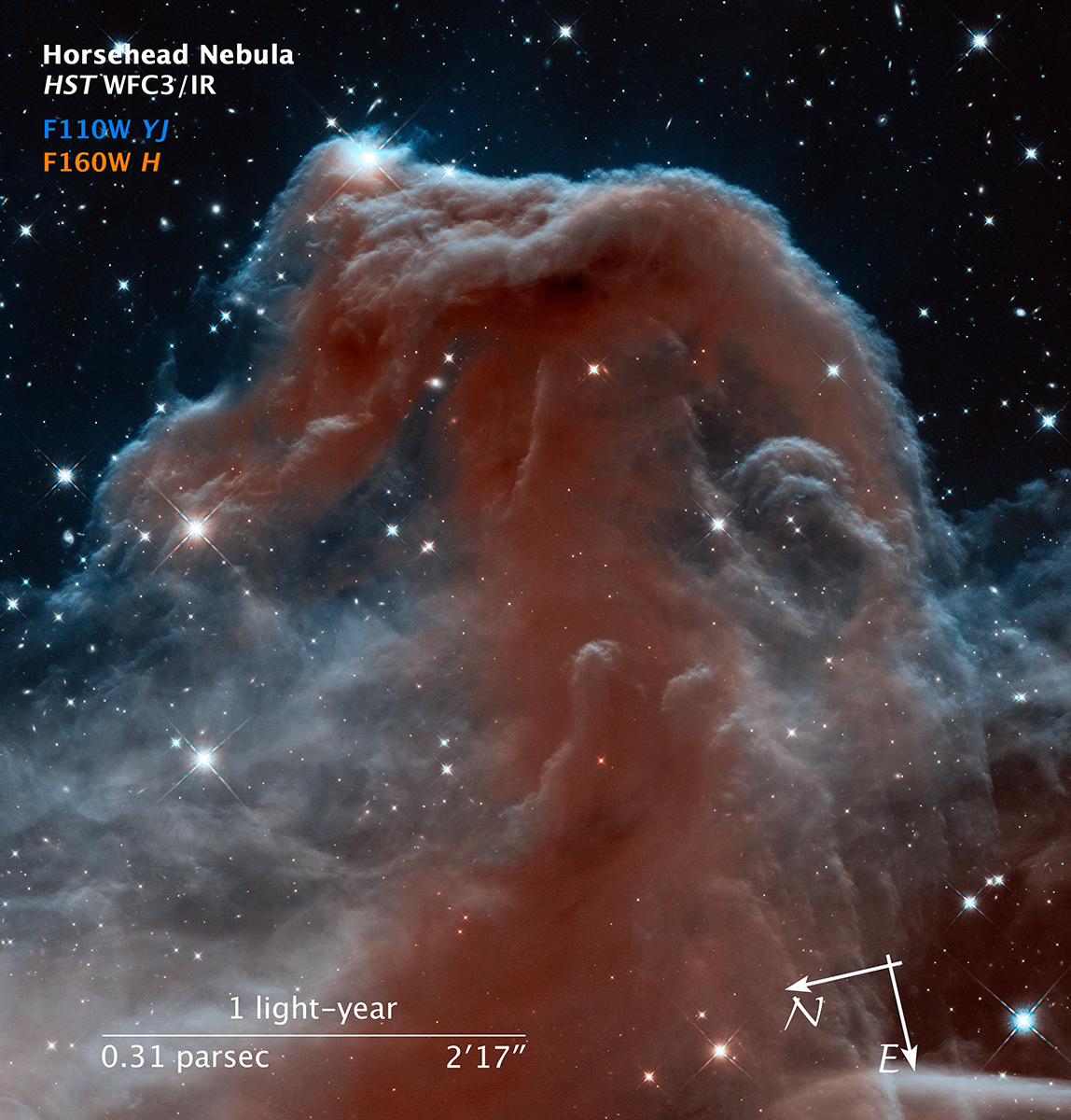
Related Images & Videos
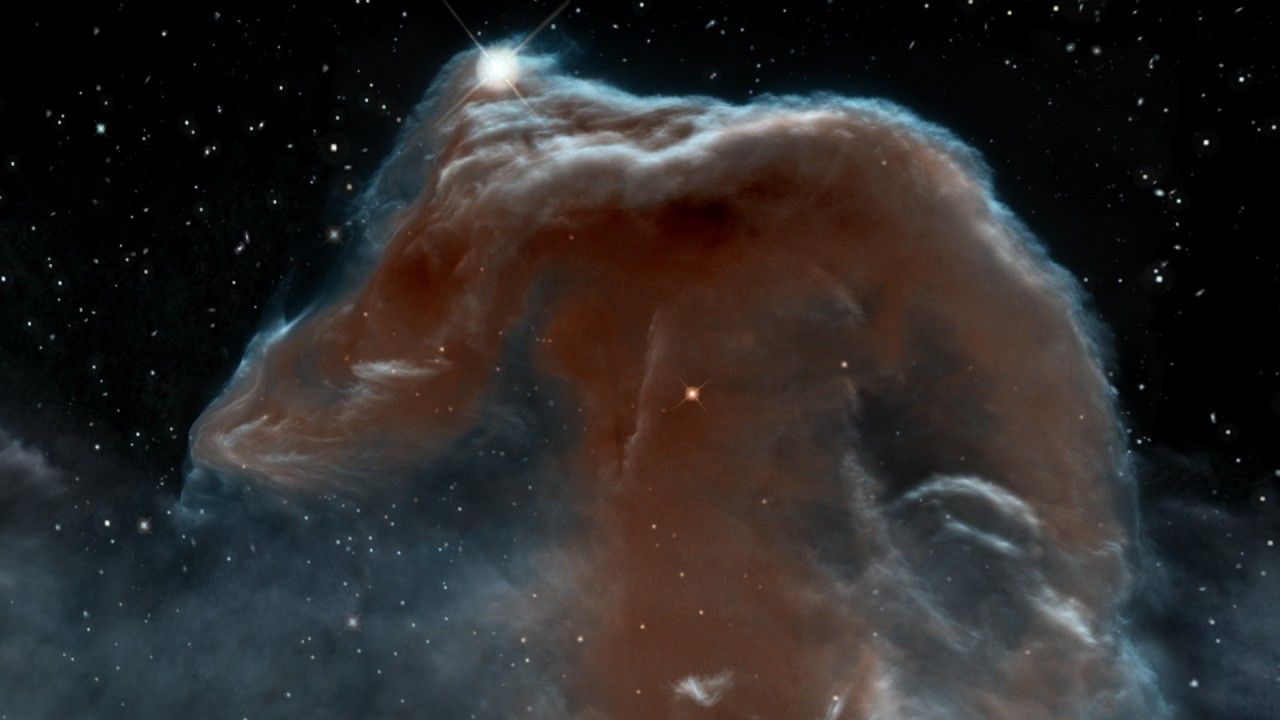
Horsehead Nebula: Visible Zoom to Infrared Fly-in
This movie begins with a visible-light zoom into the Horsehead Nebula and a cross-fade to an infrared-light view. The sequence starts with a wide-field, ground-based view of the Orion constellation along with the bright stars Sirius (lower center) and Procyon (upper center). The...
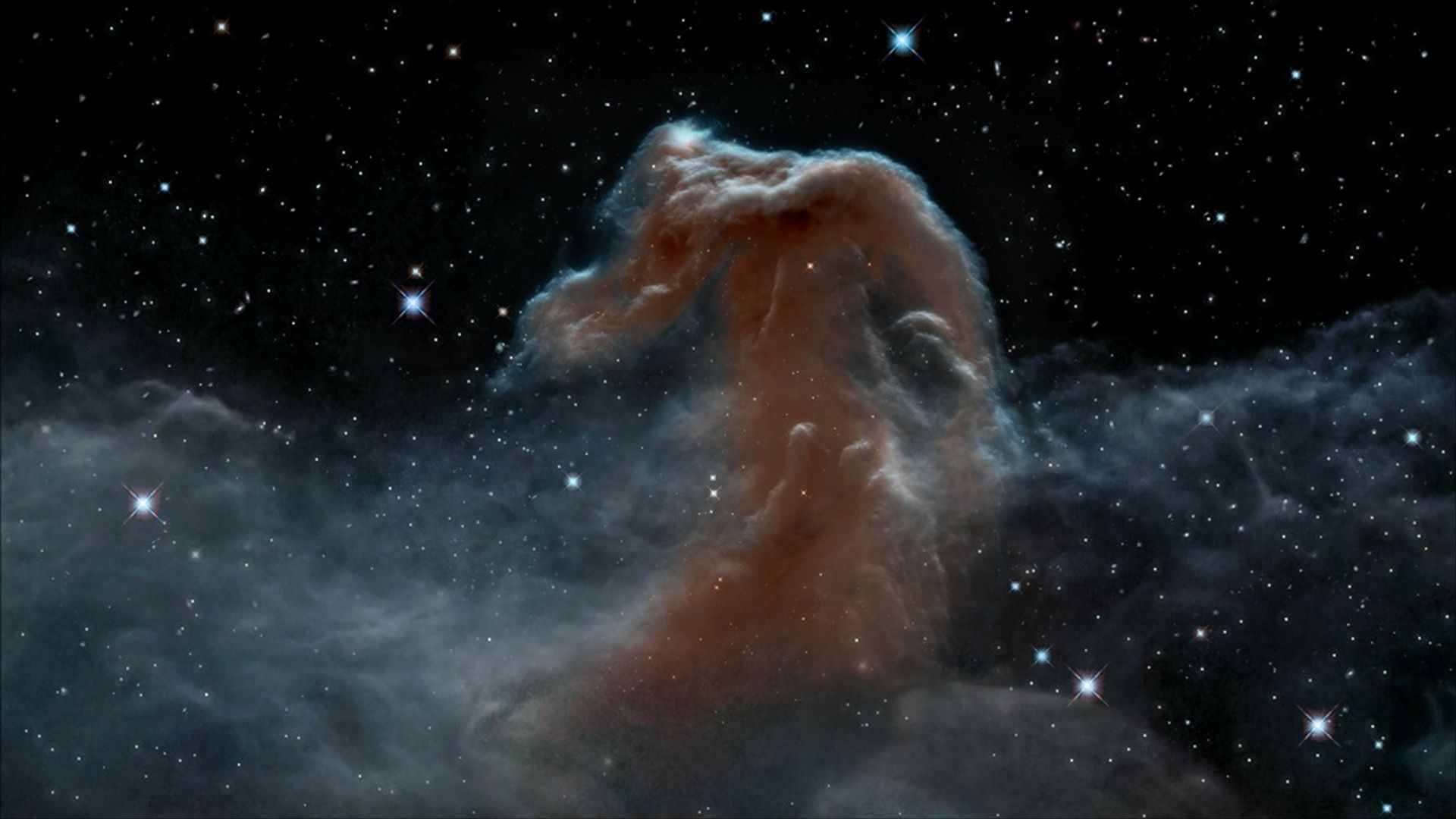
The Gaseous Landscape of the Horsehead Nebula in Infrared
This video presents a scientific visualization of the Horsehead Nebula as seen in infrared light. To fill out the widescreen frame, the central Hubble image has been augmented by ground-based observations from the European Southern Observatory's Visible and Infrared Survey...
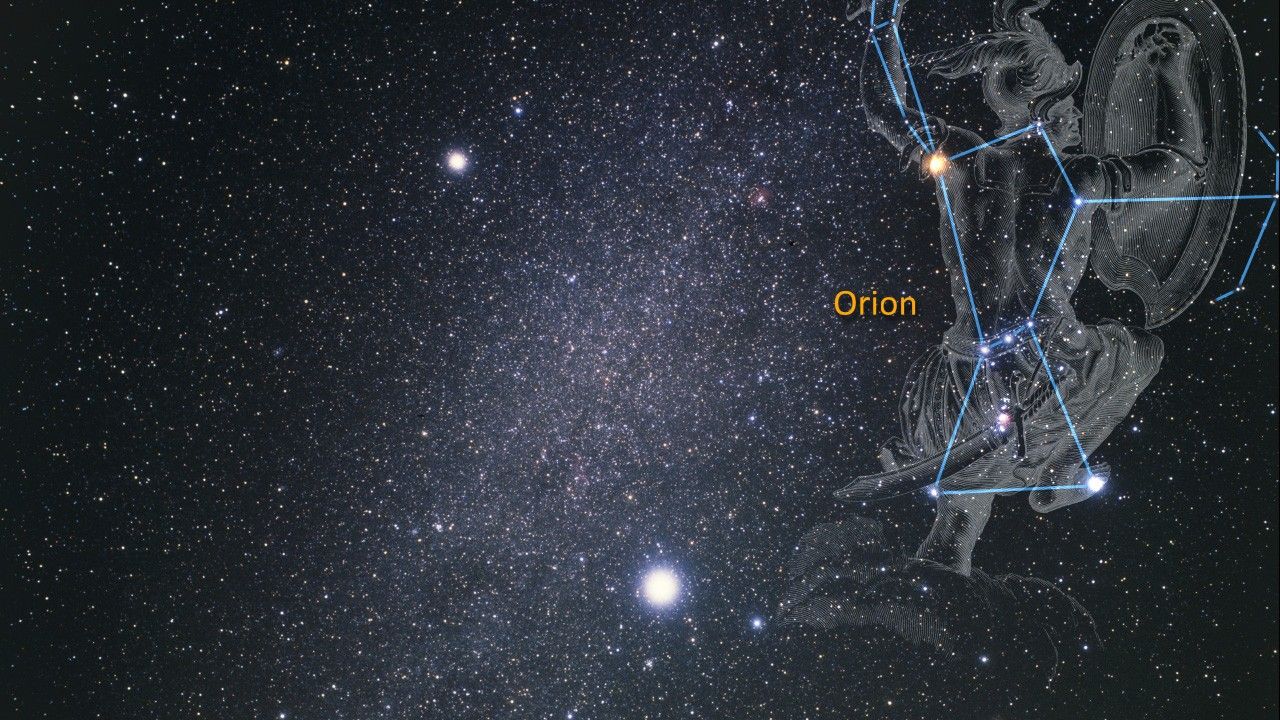
Horsehead Nebula: Visible Zoom to Infrared Image
This movie presents a visible-light zoom into the Horsehead Nebula and a cross-fade to an infrared-light view. The sequence starts with a wide-field, ground-based view of the Orion constellation along with the bright stars Sirius (lower center) and Procyon (upper center). The...
Share
Details
Claire Andreoli
NASA’s Goddard Space Flight Center
Greenbelt, Maryland
claire.andreoli@nasa.gov

